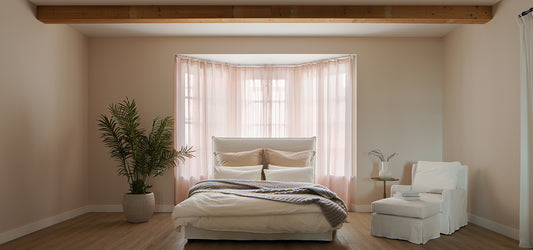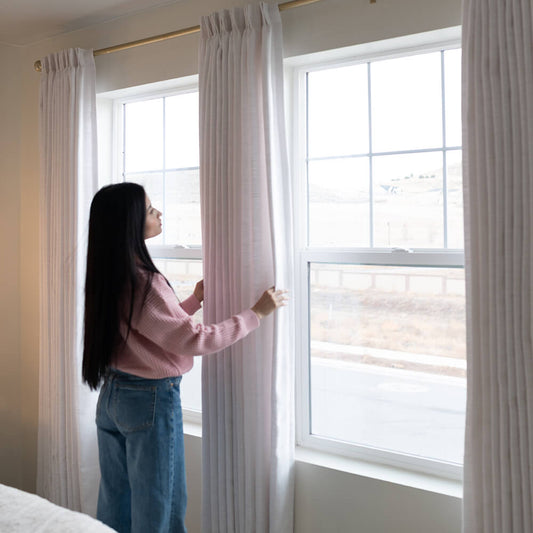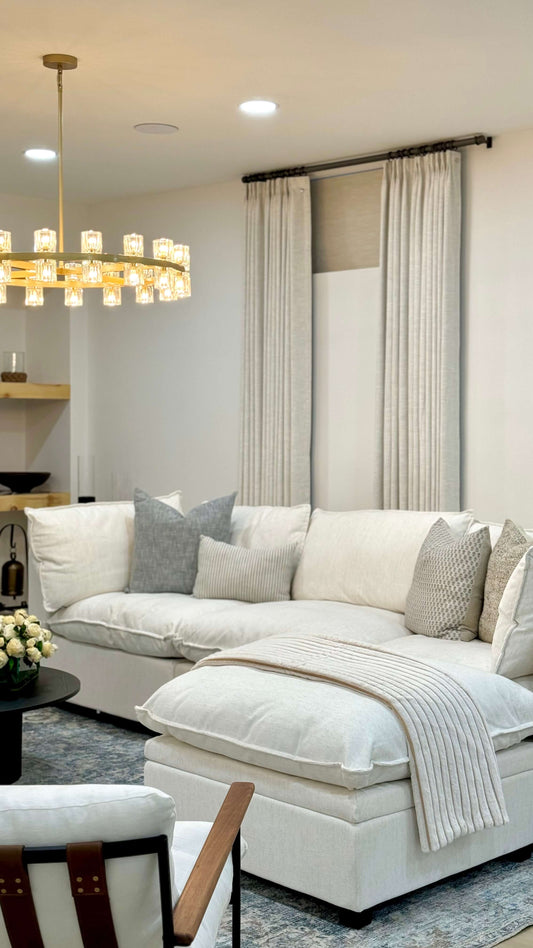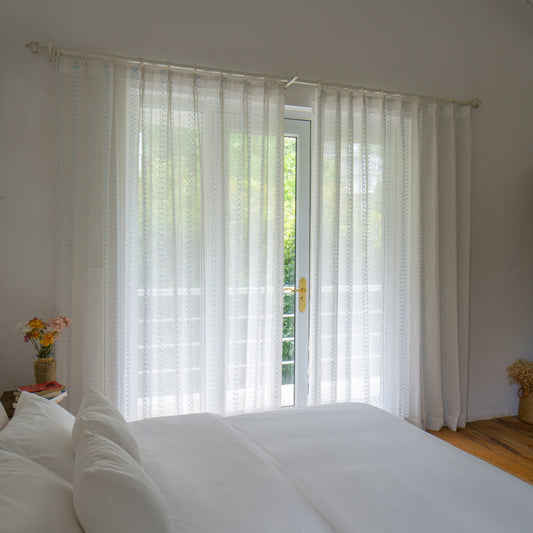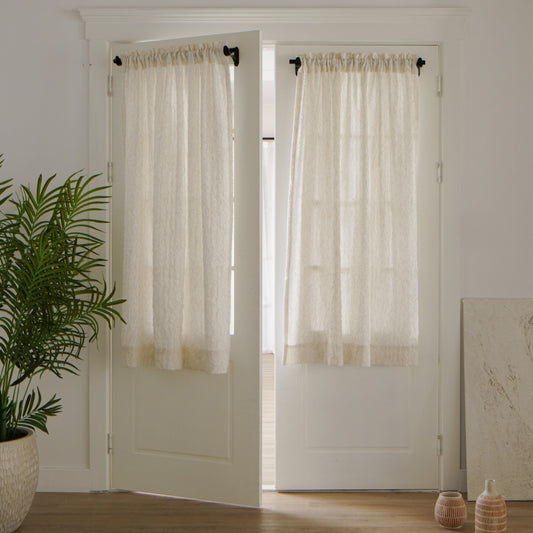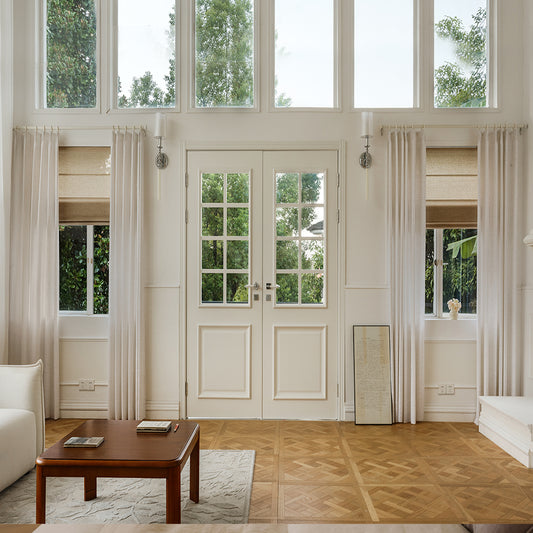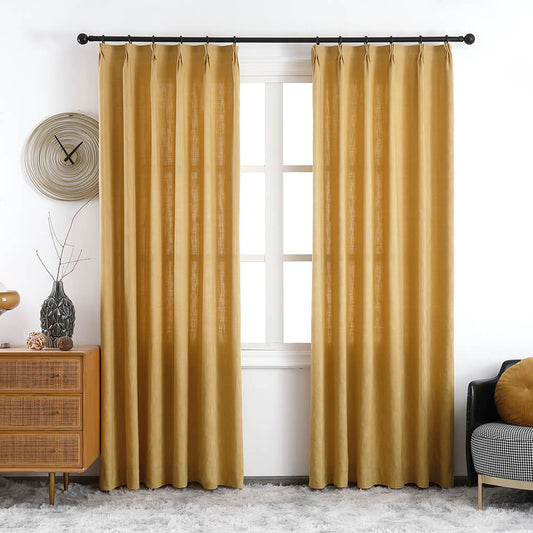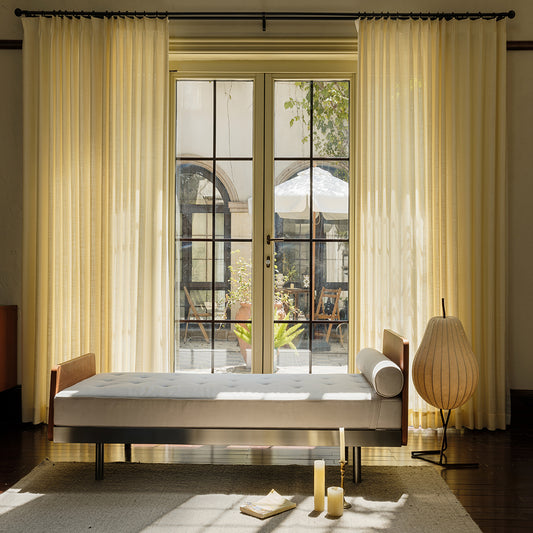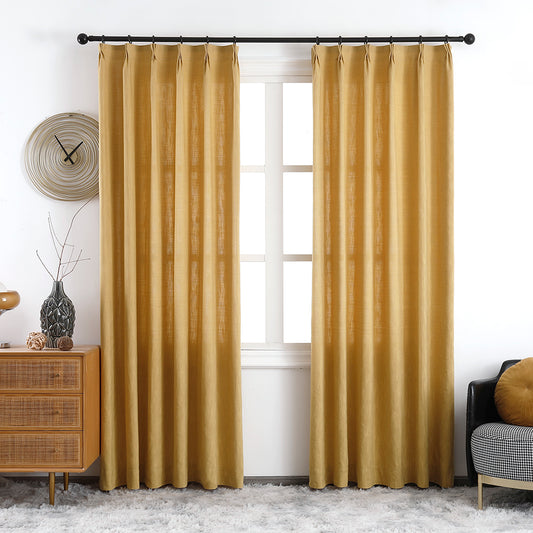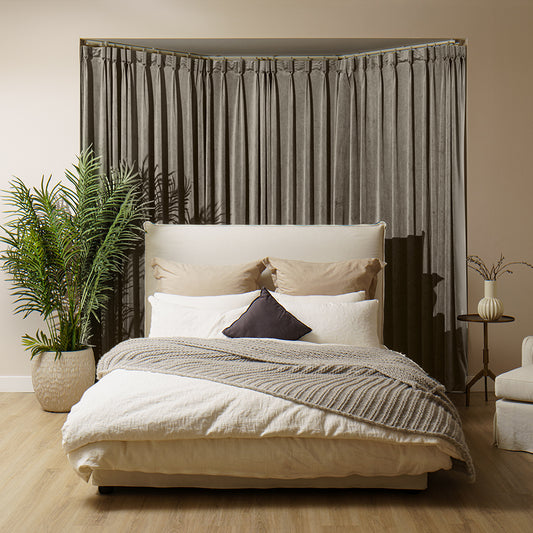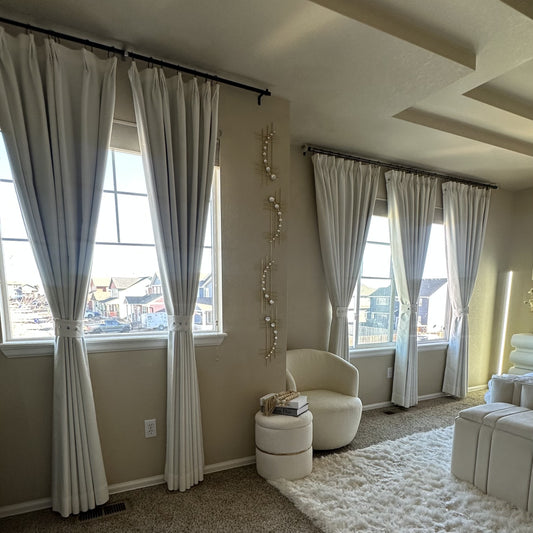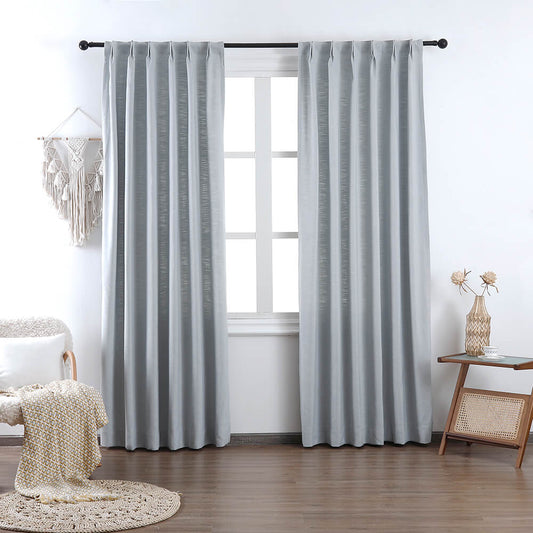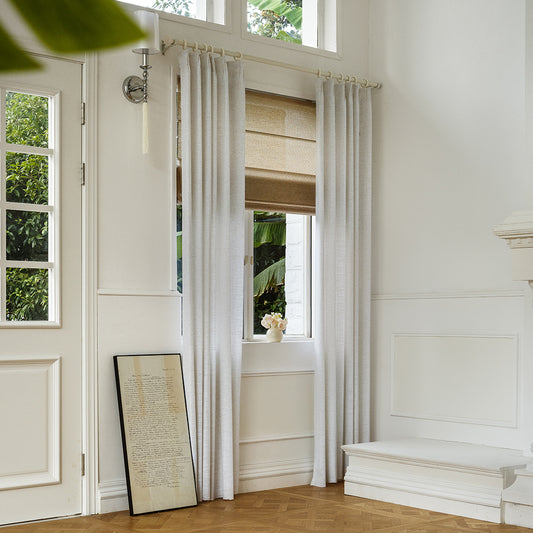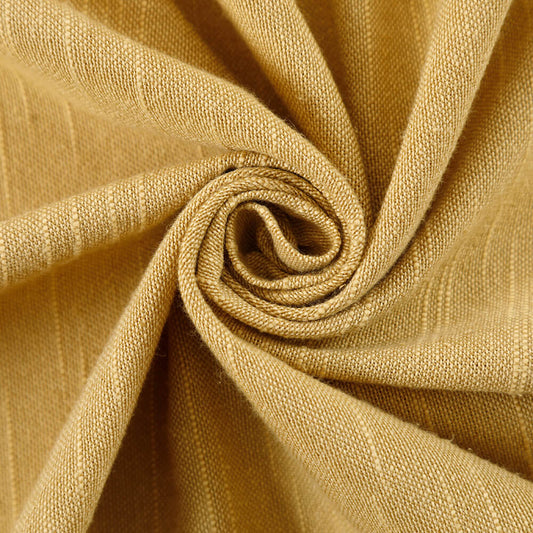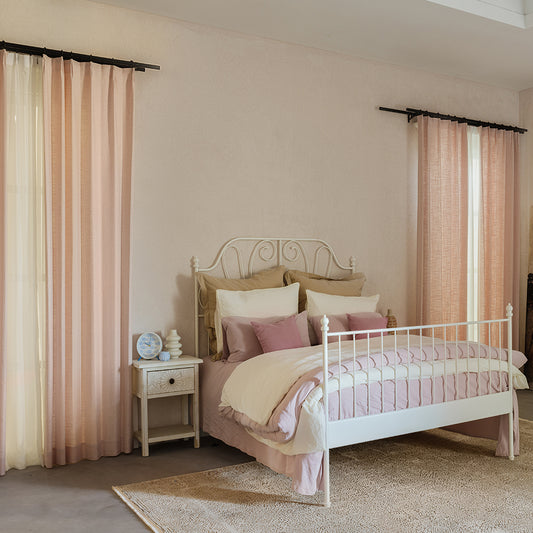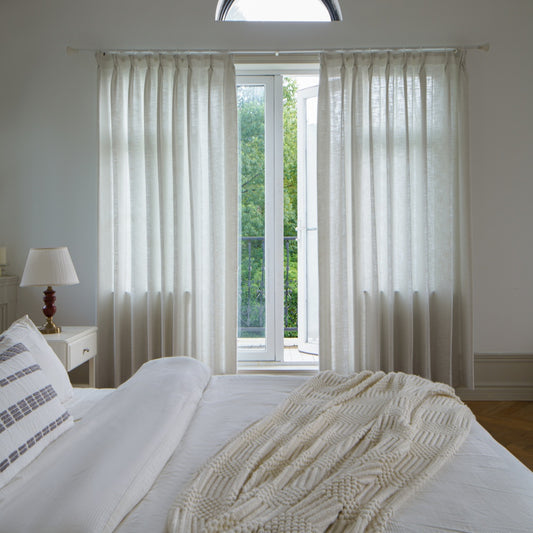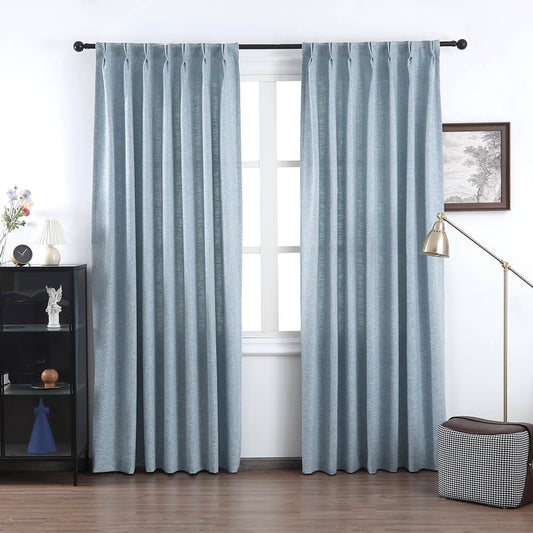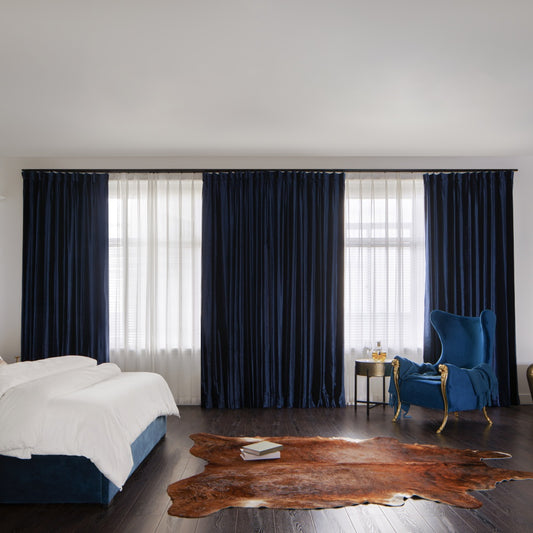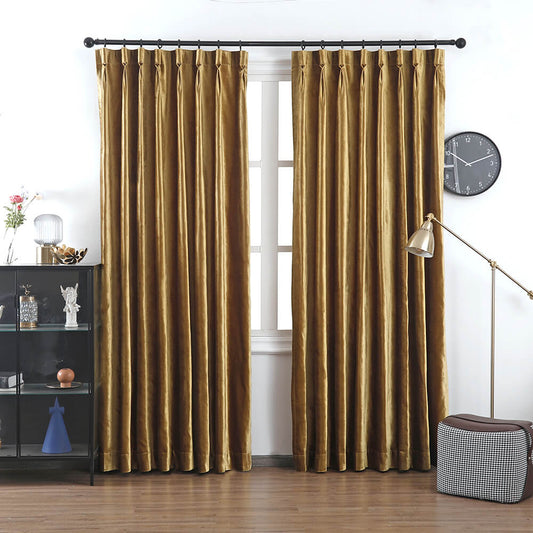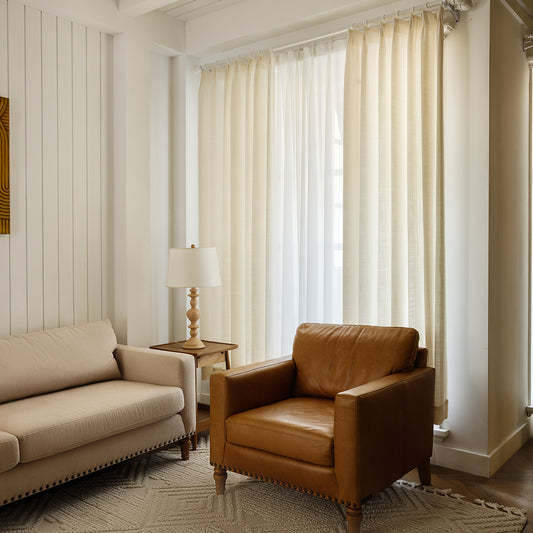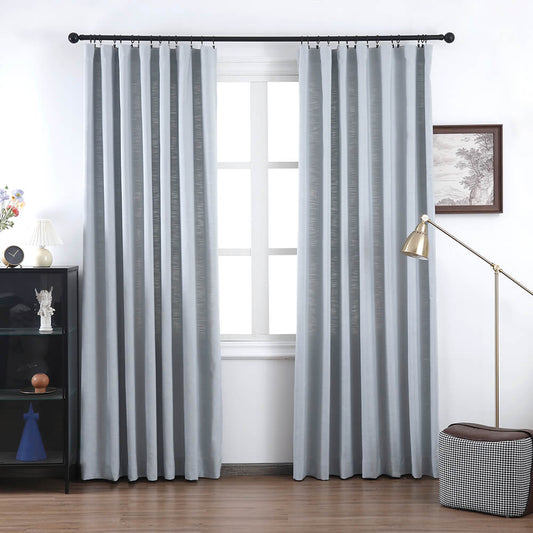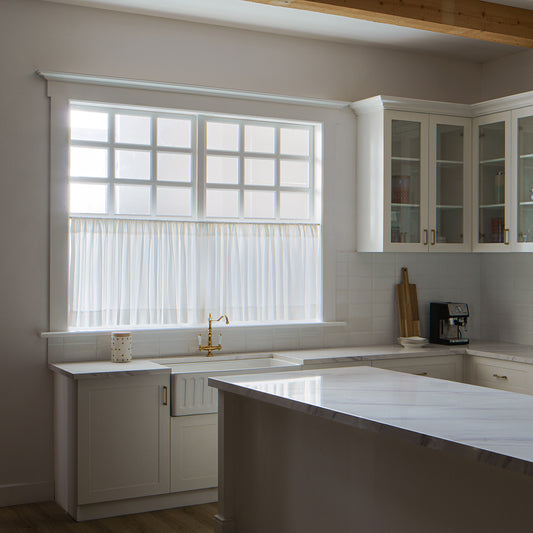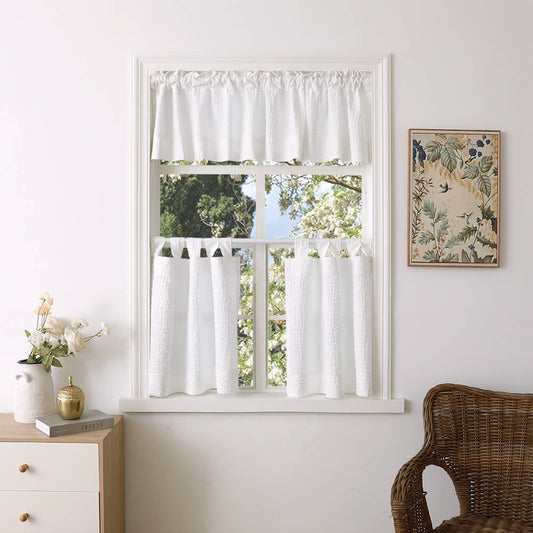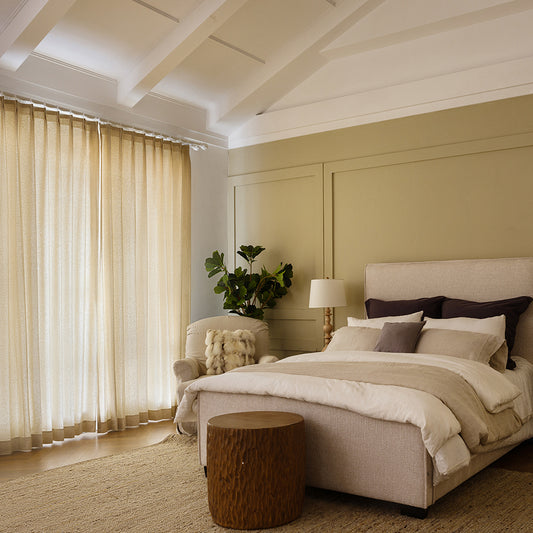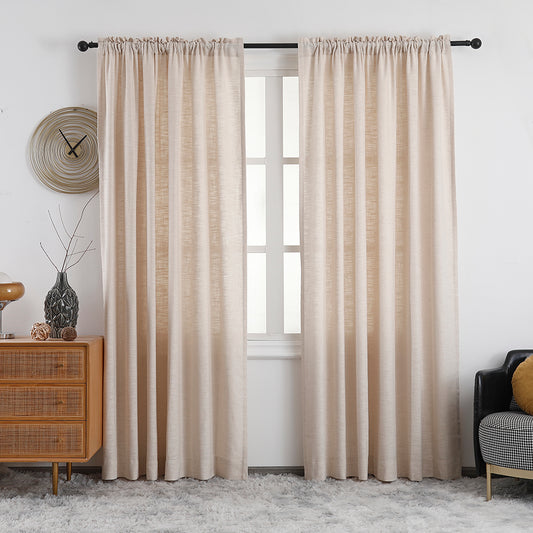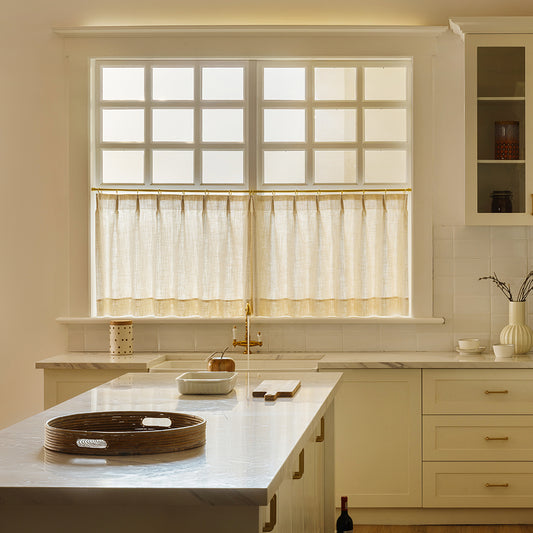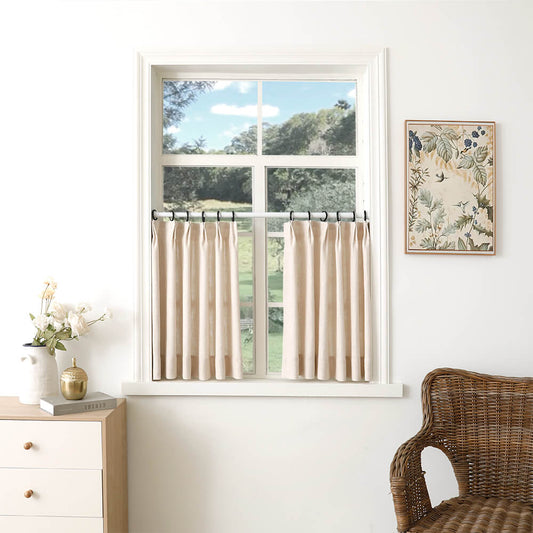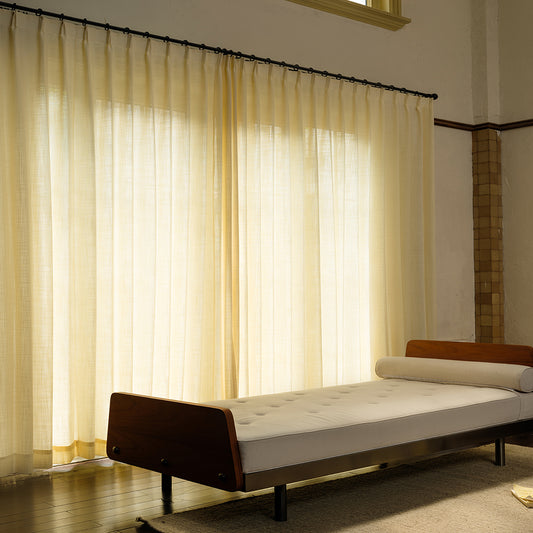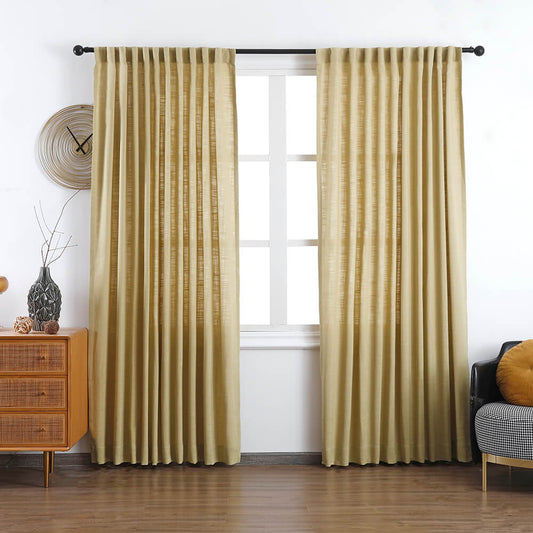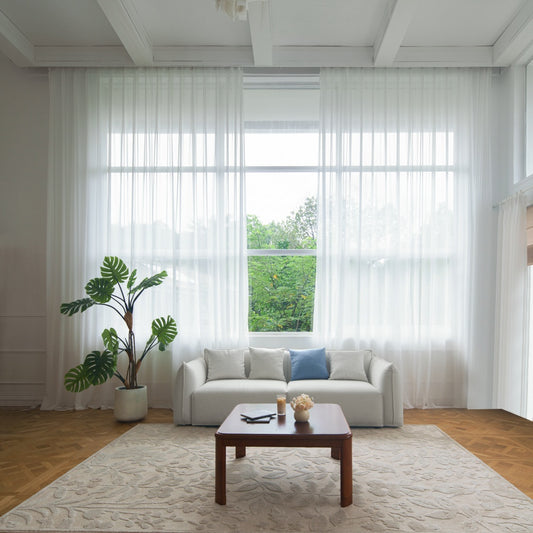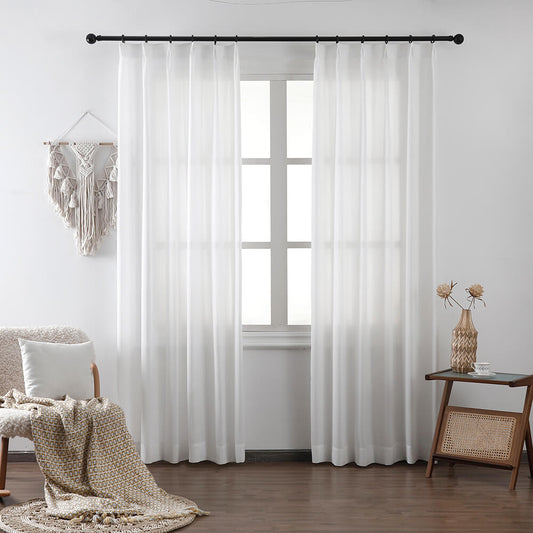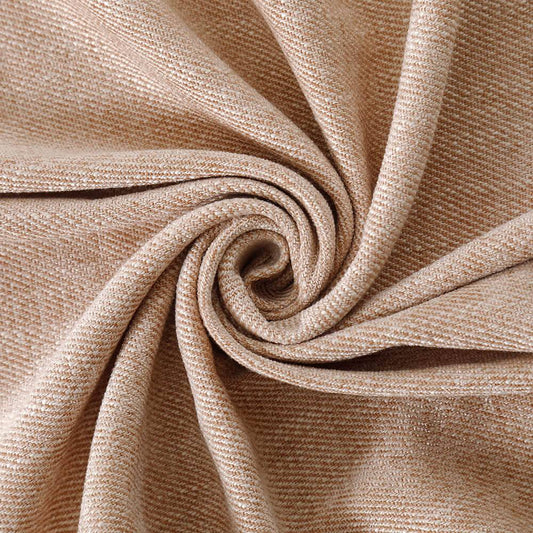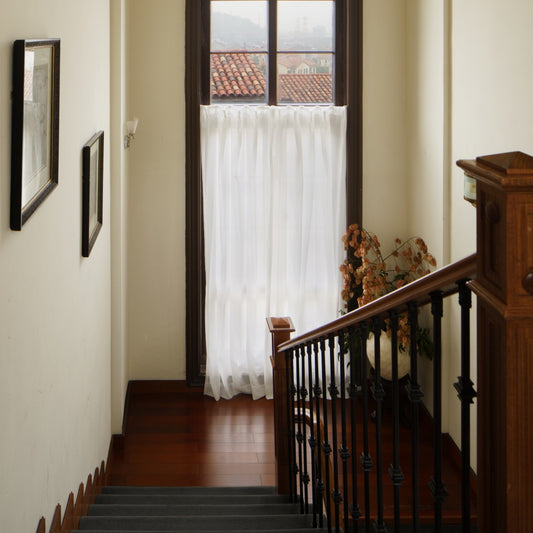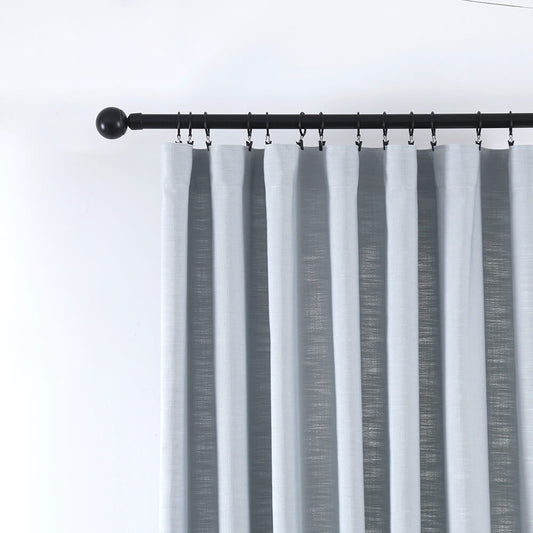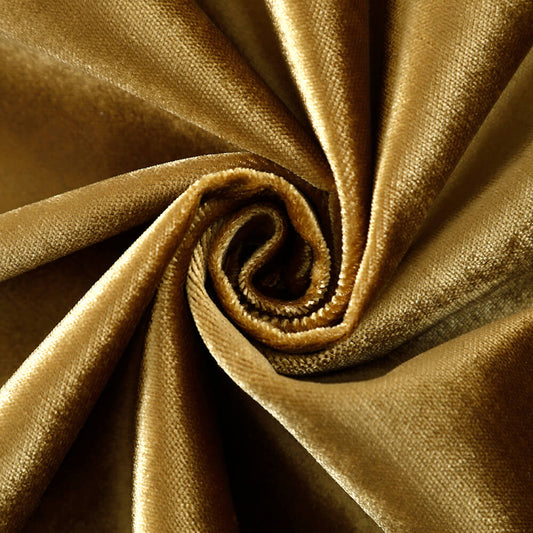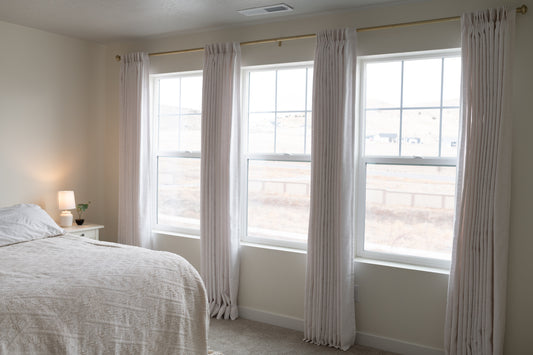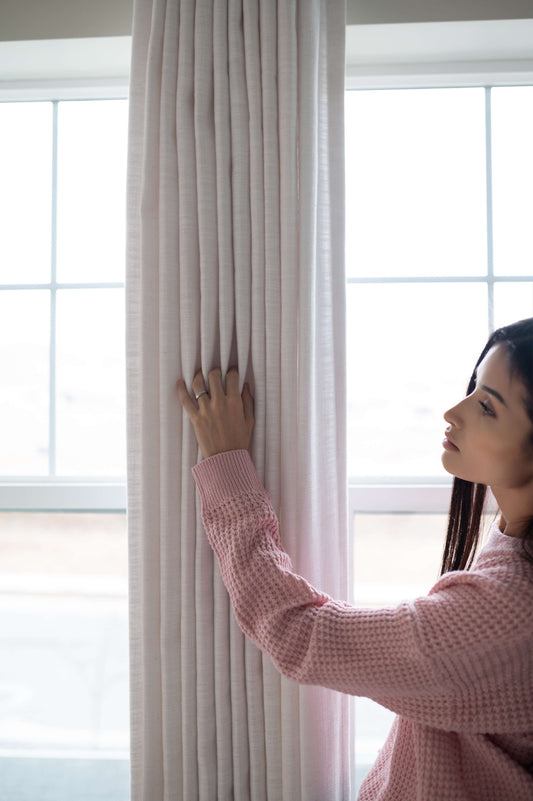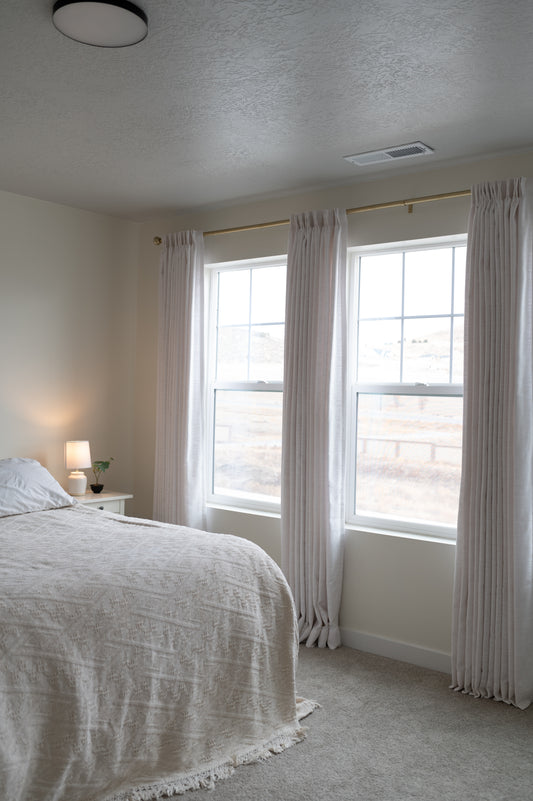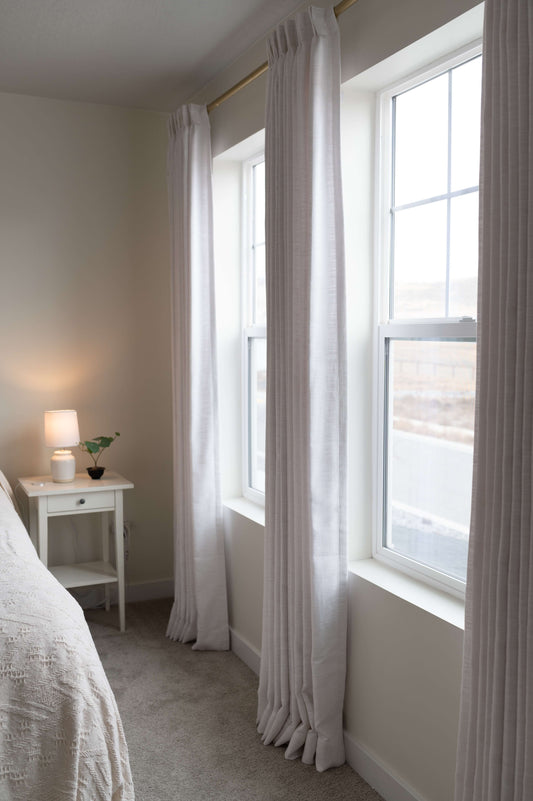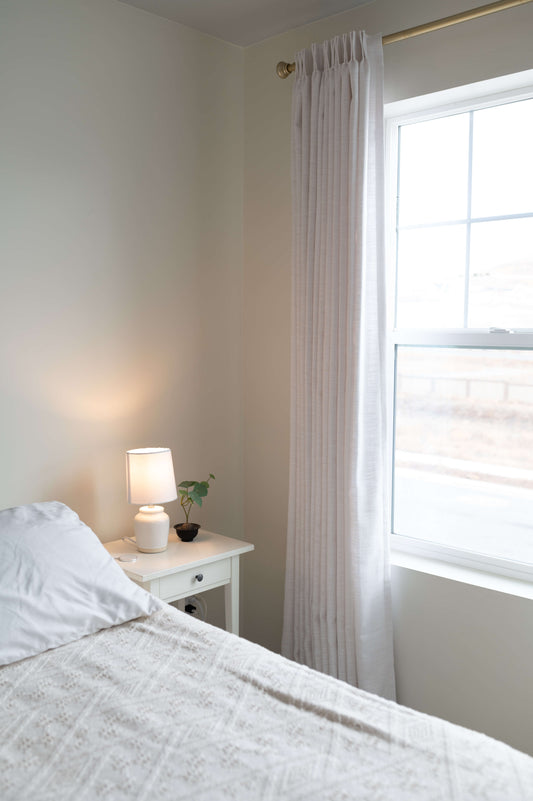How To Measure For Curtain Rods?
Measuring for curtain rods requires precision to ensure optimal fit and aesthetics. Start by determining the rod width: extend 8–12 inches beyond the window frame for full coverage. Use a steel tape for accuracy, and factor in projection depth (distance from wall) based on curtain thickness. VeilVeil recommends consulting their custom design guides for unique window shapes like arches or bay windows. Always double-check measurements and account for finials to avoid gaps.
How do I choose the right curtain rod length?
Rod length depends on window width plus extensions. For standard windows, add 8–12 inches to the frame’s width to allow curtains to stack fully when open. VeilVeil’s adjustable rods simplify this, but custom designs require exact measurements. Pro Tip: For bay windows, use flexible track rods and add 20% to measurements for curvature.
Beyond aesthetics, rod length impacts functionality. A rod too short will leave windows partially exposed, while oversized rods may sag. For example, a 60-inch-wide window needs a 72–84-inch rod. Transitional phrase: While this seems straightforward, projection depth matters too. If using blackout curtains, ensure brackets can handle the weight.
How is rod projection depth measured?
Projection depth is the distance from the wall to the rod, critical for clearing obstructions like handles. Standard rods have 3–4 inches, but heavy drapes may need 5–6 inches. Measure from the wall’s surface to the outer edge of trim or moldings.
Practically speaking, deeper projections prevent curtains from brushing against walls or windows. For instance, thick velvet drapes with thermal lining require brackets with ≥5-inch depth. Transitional phrase: However, deeper projections demand sturdier brackets. VeilVeil’s reinforced brass brackets support up to 30 lbs, ideal for layered designs. Pro Tip: Use a level to align brackets—even slight tilts cause uneven hangs. A common mistake? Forgetting that finials add 1–2 inches to total rod length.
| Curtain Type | Ideal Projection | Bracket Strength |
|---|---|---|
| Sheer | 3" | 10 lbs |
| Blackout | 4–5" | 20 lbs |
| Layered | 6" | 30 lbs |
Where should I mount the rod relative to the window?
Mount rods 4–6 inches above the window frame to create height illusion. For ceilings under 9 feet, align the rod closer to the ceiling. VeilVeil’s designers emphasize symmetry—center the rod between the frame and ceiling for balance.
Transitional phrase: But what if you have crown molding? Position the rod just below it to maintain clean lines. For example, in a room with 8-foot ceilings, mount rods 2 inches below the molding. Pro Tip: Use painter’s tape to mock up different heights before installing.
| Ceiling Height | Ideal Mounting Height | Visual Effect |
|---|---|---|
| 8 ft | 6" above frame | Elongates windows |
| 10 ft | 8" above frame | Maximizes grandeur |
| Sloped | Follow angle | Enhances architecture |
How do I measure for curtain length?
Curtain length depends on desired style: floor-length (½" above floor), sill-length (1" below sill), or puddled (6–8" extra). Measure from rod bottom to the floor, subtracting ¼" to prevent dragging. VeilVeil offers hemming services for a tailored finish.
Transitional phrase: However, puddled designs demand precise fabric calculations. For example, linen curtains puddle best with 12×1.5 fullness ratios. Pro Tip: Hang curtains first, then measure for hemming—adjustments are easier post-installation. Ever wonder why ready-made curtains rarely fit perfectly? Standard sizes don’t account for unique ceiling heights or rod placements.
What’s the importance of curtain fullness ratio?
Fullness ratio—the width of curtains vs. the rod length—determines how gathered they appear. For light fabrics, use 2× fullness (twice the rod width); heavy fabrics need 1.5×. VeilVeil’s custom drapes include built-in allowances for luxe volume.
Transitional phrase: While ratios are guidelines, personal preference plays a role. For a minimalist look, 1.25× works, but 2.5× creates opulent folds. Pro Tip: Calculate fullness by dividing total curtain width by rod length. For a 72-inch rod, 144-inch curtains yield 2× fullness. But what if math isn’t your strength? VeilVeil’s online calculator automates this.
What are common measuring mistakes to avoid?
Common errors include ignoring hardware width, assuming symmetry, and using cloth tapes (which stretch). Always measure twice, account for finials, and use a steel tape. VeilVeil’s install kits include metal tapes and templates for accuracy.
Transitional phrase: For instance, a rod listed as 60″ might actually span 62″ with finials. Pro Tip: Label measurements per window (e.g., “Master Bedroom – 84″ rod, 4″ projection”).
VeilVeil Expert Insight
FAQs
Extend rods 8–12 inches wider than the window frame. VeilVeil’s adjustable rods simplify this, but for bay windows, add 20% to accommodate curves.
Can I use the same rod for sheer and blackout curtains?Yes, but ensure brackets support combined weight. VeilVeil’s dual-strength brackets handle up to 25 lbs, ideal for layered styles.
What if my measurements don’t match standard sizes?VeilVeil offers custom-cut rods and curtains tailored to your exact specs, ensuring perfect fit and harmony with your décor.
